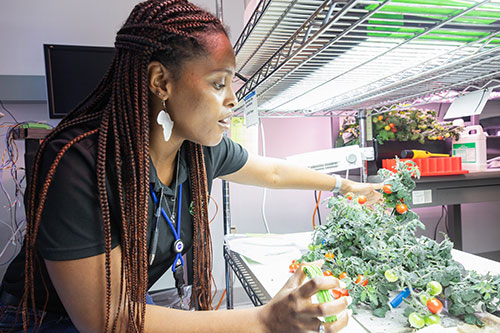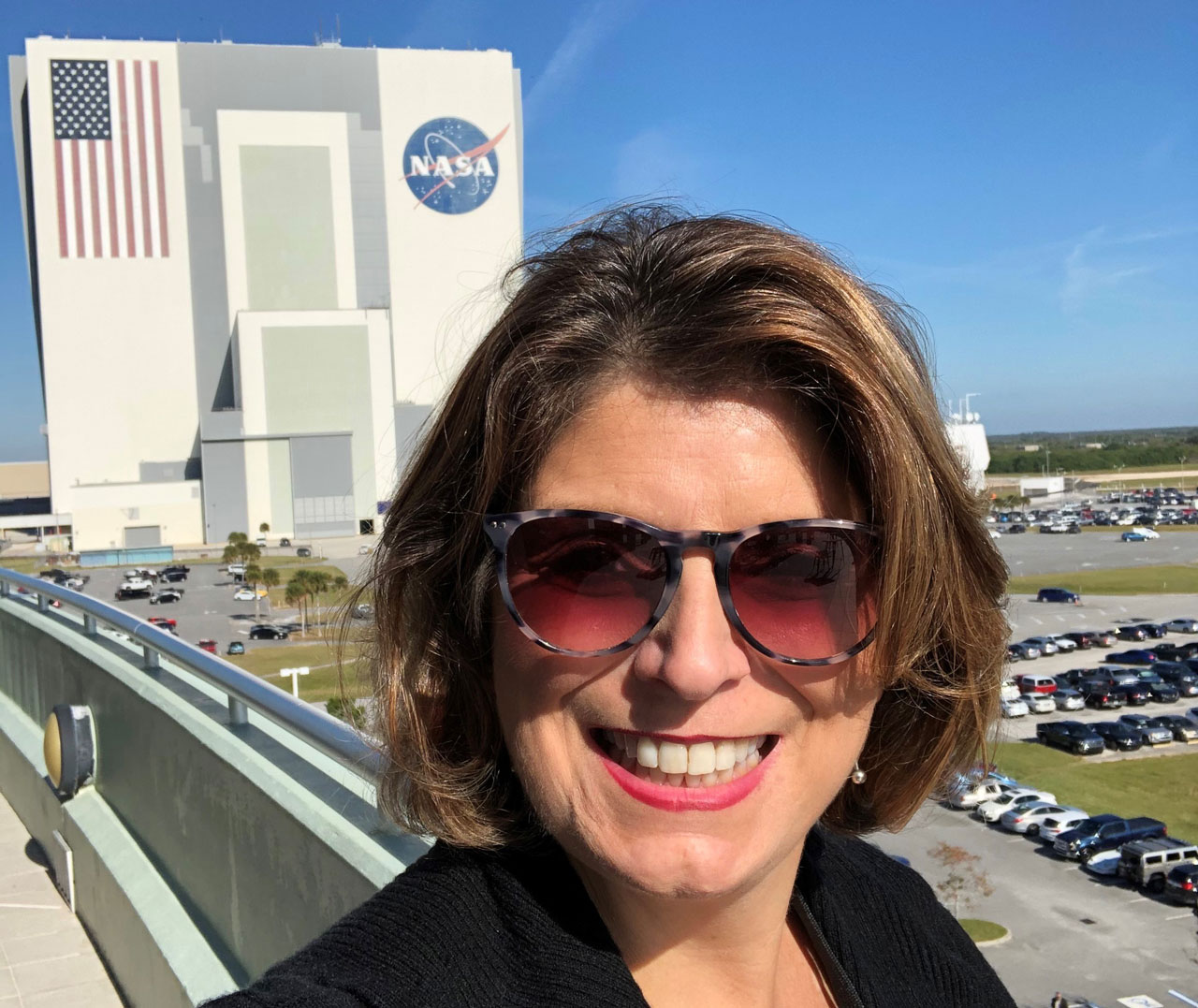
Diane Malarik
Deputy Division Director, Biological and Physical Sciences | NASA Headquarters
Diane began her NASA career as a shadow student at NASA Glenn Research Center in 1983, as part of a joint NASA / Case Western Reserve University (CWRU) program designed to encourage women to pursue engineering degrees.
She continued working there as a summer intern during her undergraduate studies and was hired as a research engineer in 1988.
Diane has 30 years of project and program management experience, beginning with her first assignment as the Deputy Project Manager for a space shuttle experiment payload funded by BPS’s predecessor organization. She has managed space flight and space technology development projects and programs within various organizations, such as NASA’s Biological and Physical Sciences Division, Space Communications and Navigation program, International Space Station, Extravehicular Activities, and Advanced Exploration Systems. Diane holds a Bachelor of Science in Macromolecular Engineering from CWRU and an MBA from Cleveland State University.
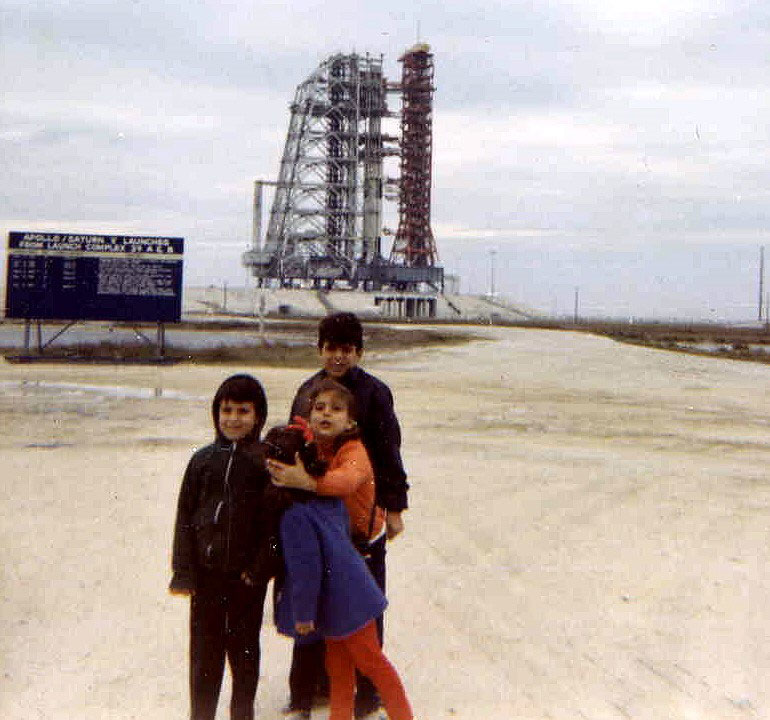
Diane Malarik was destined to become an engineer but never imagined she’d one day work at NASA, sending her projects into space. Find out how she worked her way up from NASA intern to deputy director of a key science division on the frontiers of space exploration.
I'm born, raised, and educated in Cleveland, Ohio.
My mother never went to college. My father never graduated high school. And for two people that were children of Italian immigrants, they had in their mindset that you're going to go to college, and you can be anything you want to be.
When I was 7, my mother told me: “You're good in math and science. You should be an engineer.” And from then, I always said I would be an engineer. I didn't know what an engineer did, but I was going to be an engineer.
Both my parents were so supportive of education and set me on a path that, by sheer luck, I am at NASA, as a deputy director. I never would have imagined it.
I went to Case Western Reserve University in Cleveland, and before I started my freshman year, I shadowed young female engineers at NASA’s Glenn Research Center as part of a program Glenn set up with female engineers at my school. That summer and the following summer, I returned to Glenn as an intern.
After graduating as an engineer, I returned to NASA Glenn as a contractor. Then I became a civil servant working in research under the Polymers Branch where I originally worked as an intern. Since leaving the Polymers Branch, I’ve been in project management.
I'm so lucky I work for NASA and I just am so grateful. It has been such a good career and I lucked into it just because I chose Case Western Reserve and they happened to have a shadowing program with NASA.
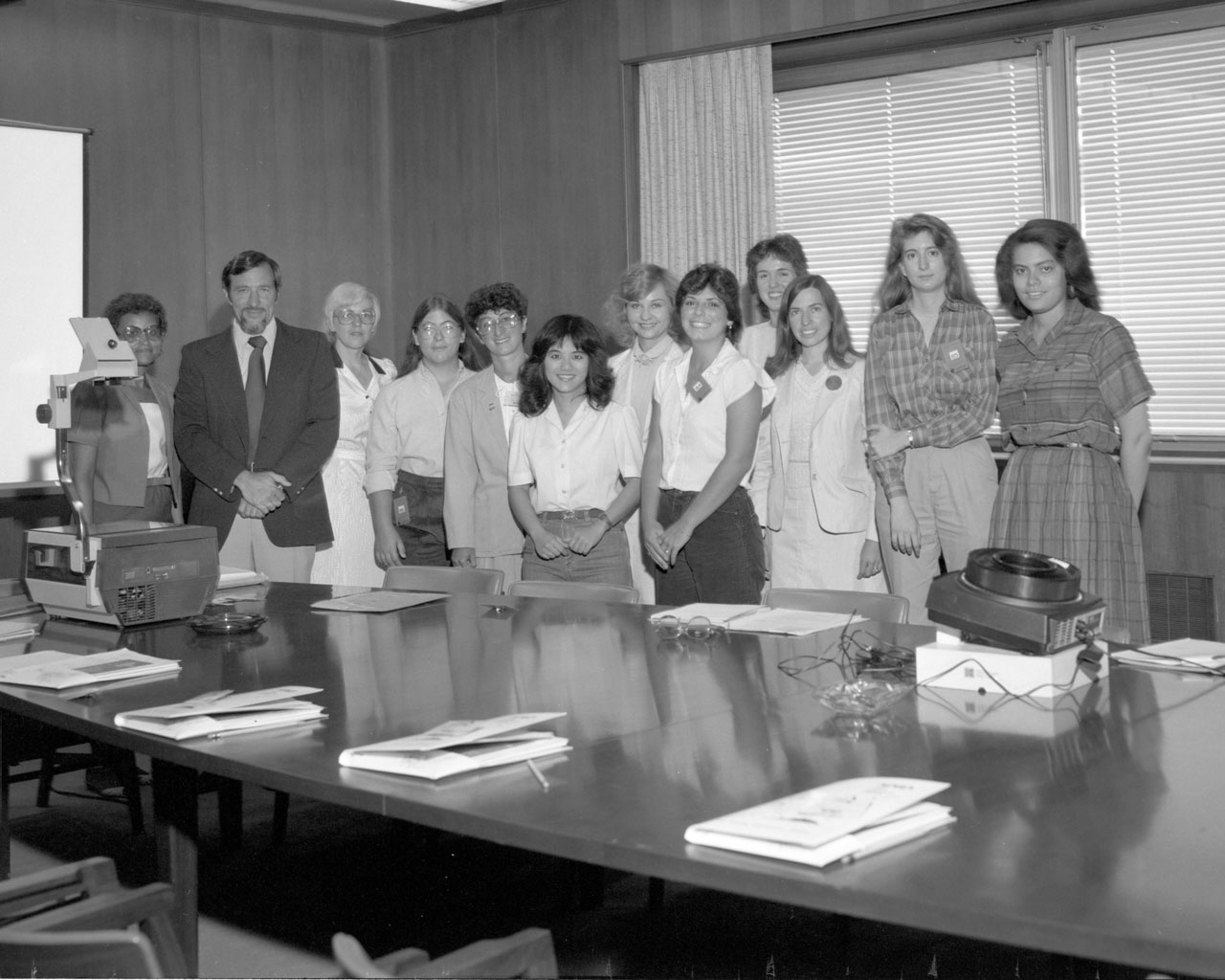
My focus is on the implementation of programs in NASA's Biological and Physical Sciences division, making sure that we are good stewards of the taxpayers’ money — that we're building the right things, we're building them as efficiently and effectively as we can, and doing them right.
- Never say “no” to any job opportunity. If somebody asks you to do it, do it. They're seeing something in you, so don't second guess yourself. Take on the challenge.
- Don't be afraid to take risks. They are calculated risks, not stupid risks, and you listen to people. But you’re never going to have all the information you want — that just doesn't happen in life, so don't be afraid to take risks.
- Find the fun at work. You spend so much time with the people you work with, so you need to really enjoy them. If you're not having fun at work, you’re in the wrong job.
Probably the number of payloads that we have on the International Space Station and the hundreds of payloads NASA has on station all the time. I don't think people realize how much effort goes into them and how many people it takes to build, test, plan, launch, operate, and monitor the experiment — and make sure it all goes smoothly.
Travel is my vice/hobby. My significant other is a retired Italian army colonel and lives in Spain, so we have been traveling back and forth to see each other as much as we can. I also have four children who live in Germany, New York City, Cincinnati, and Honolulu. So, I have lots of wonderful places to visit.
Watching the launch of the SCaN Testbed from a launch party at a restaurant just outside Glenn Research Center in 2012. I was the project manager at the time and it was a $100M payload that launched from Japan. Nearly 200 colleagues and their family and friends were there, and we all watched it on a big hyper wall of screens that Friday evening. It was a great way to celebrate our accomplishment .
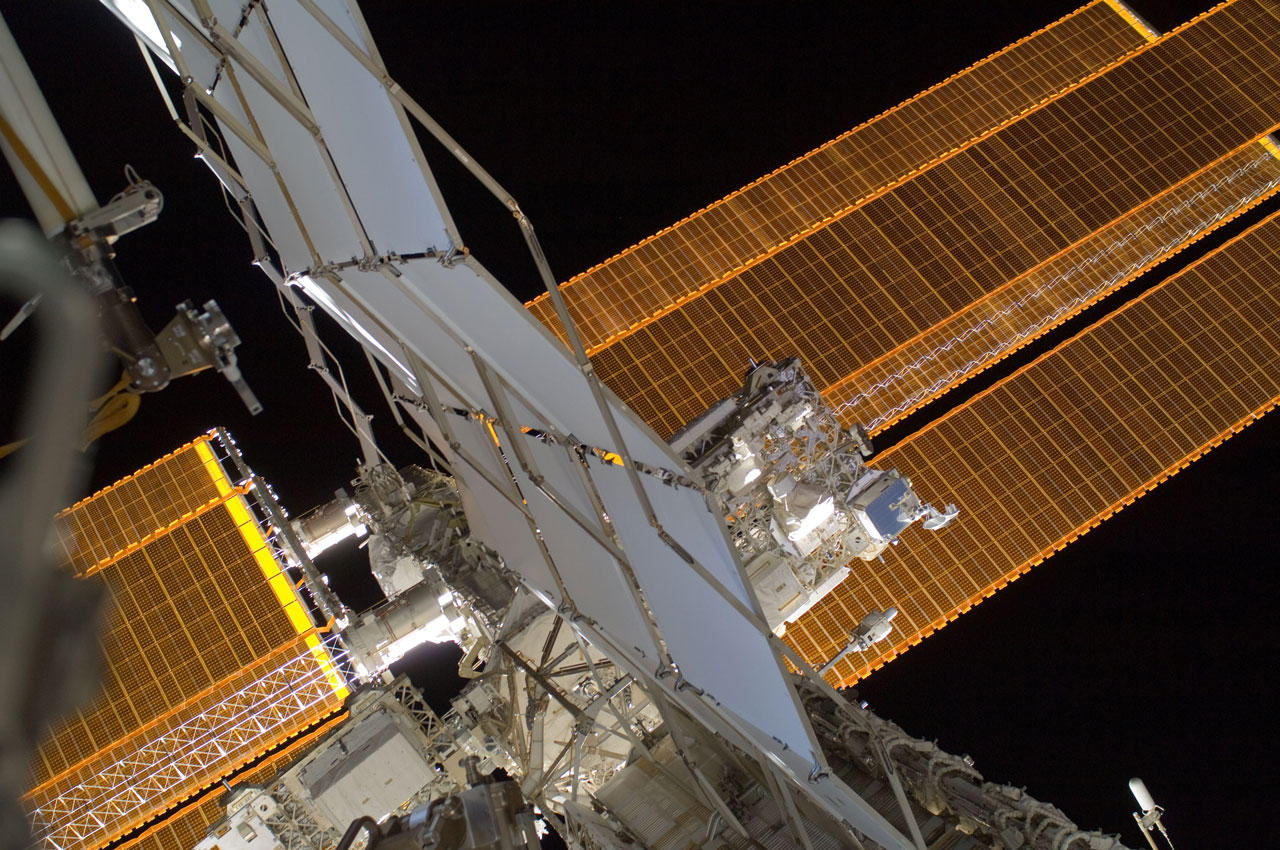
What is your favorite space image and why?
It is the SCaN Testbed on the External Logistics Carrier on the exterior of the International Space Station. This particular image is my favorite because this project was my most challenging. We brought a team of hundreds together to make it a success.
Biological and Physical Sciences (BPS), sometimes called, simply, Space Technologies, develops and conducts space experiments that cannot be conducted on Earth.

